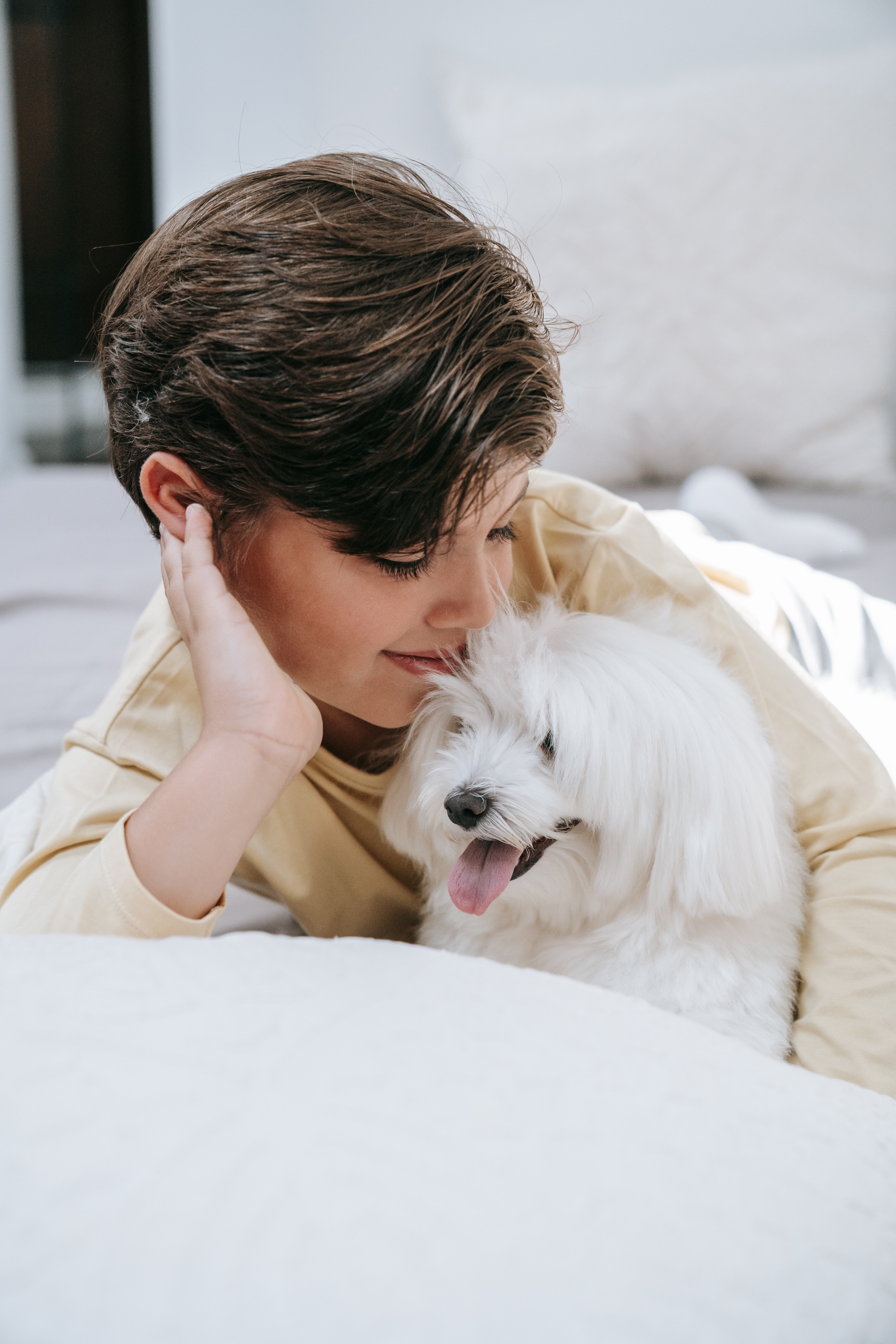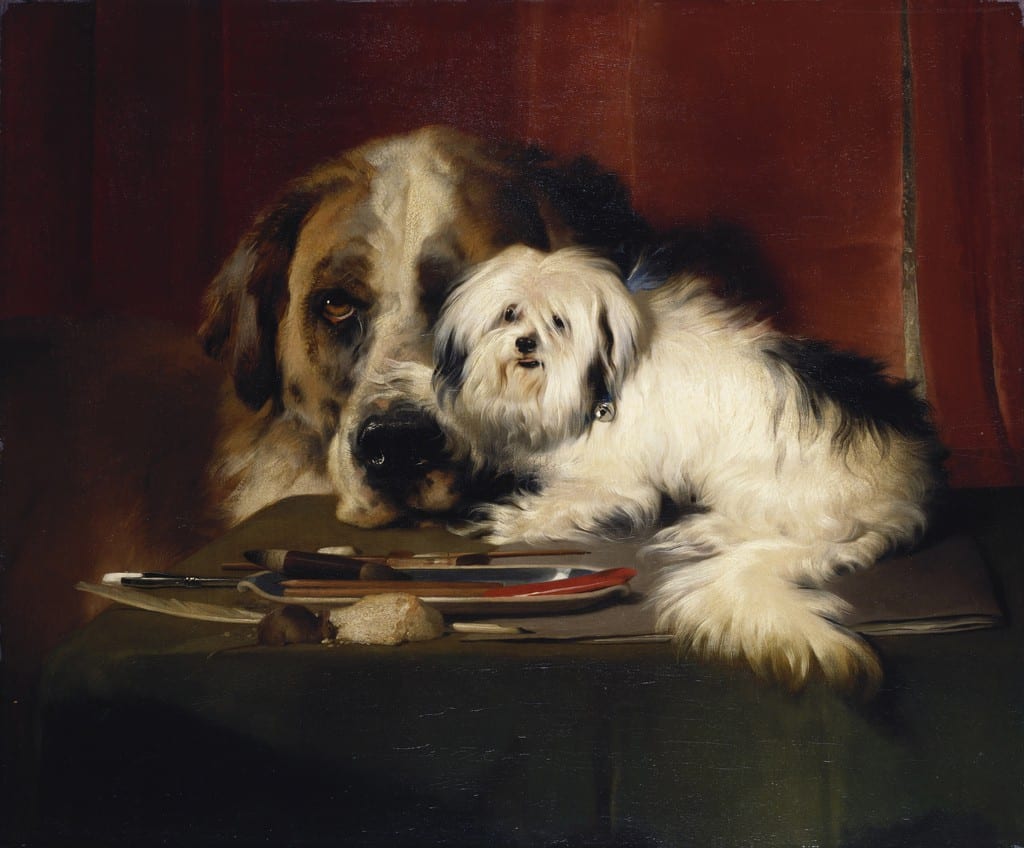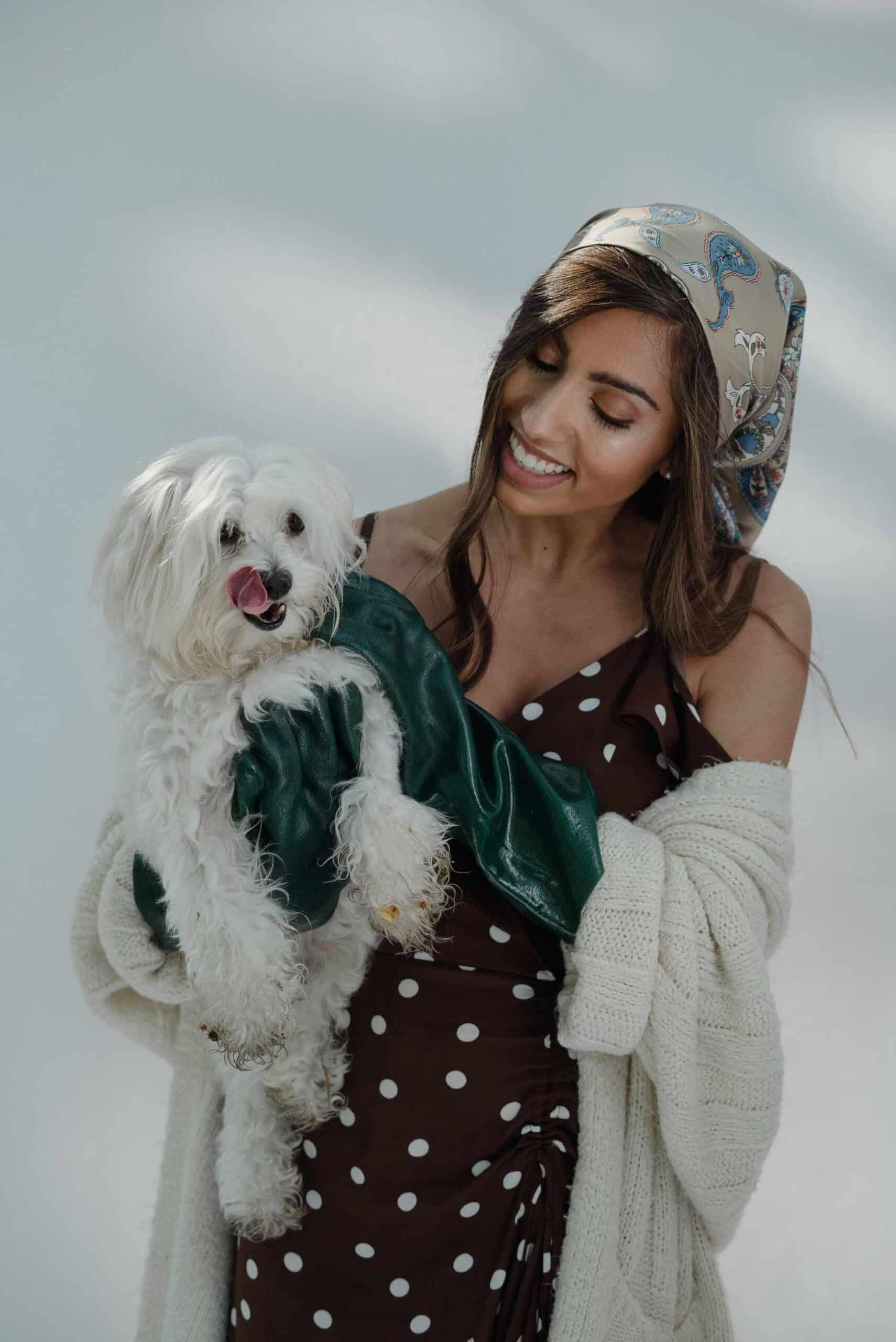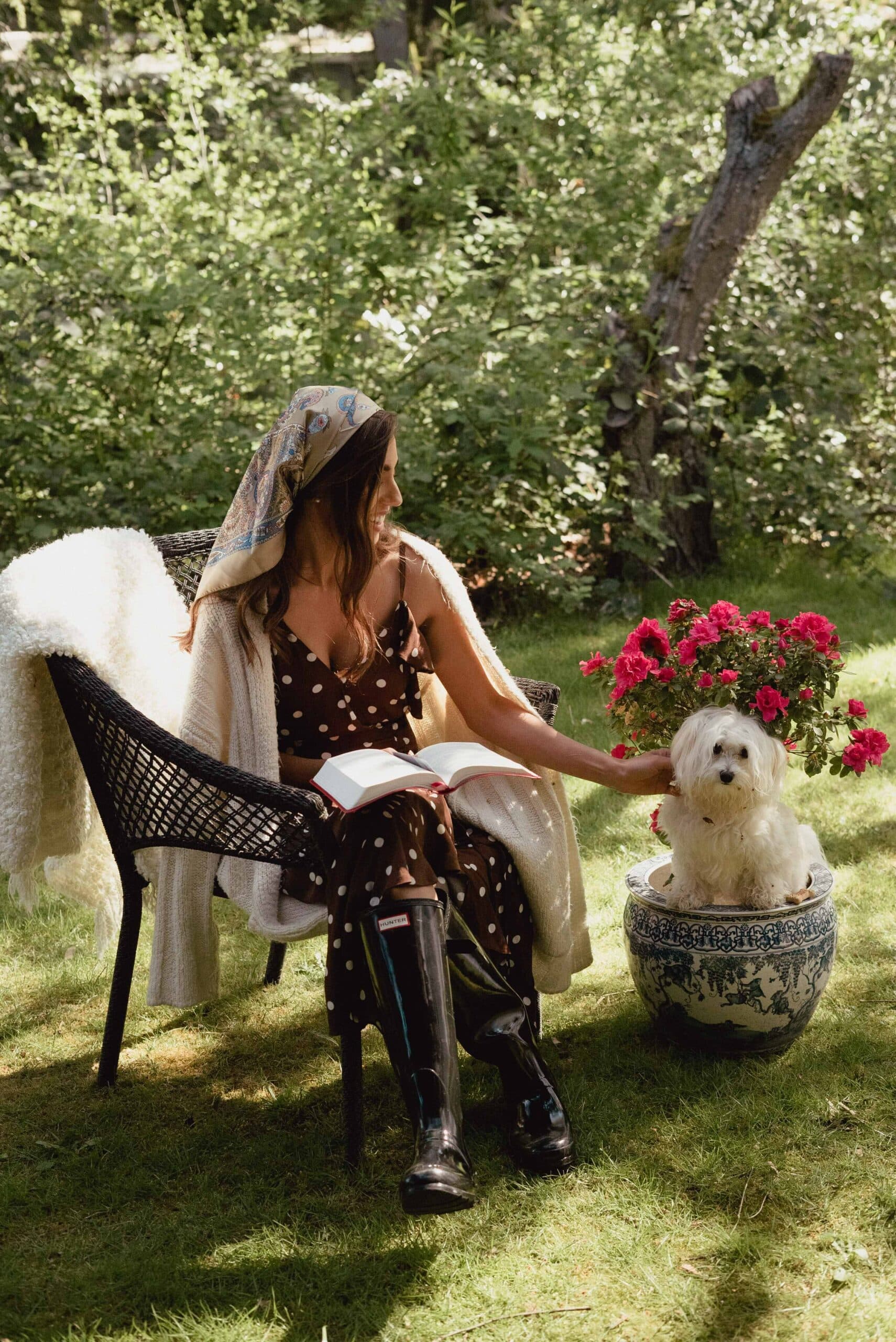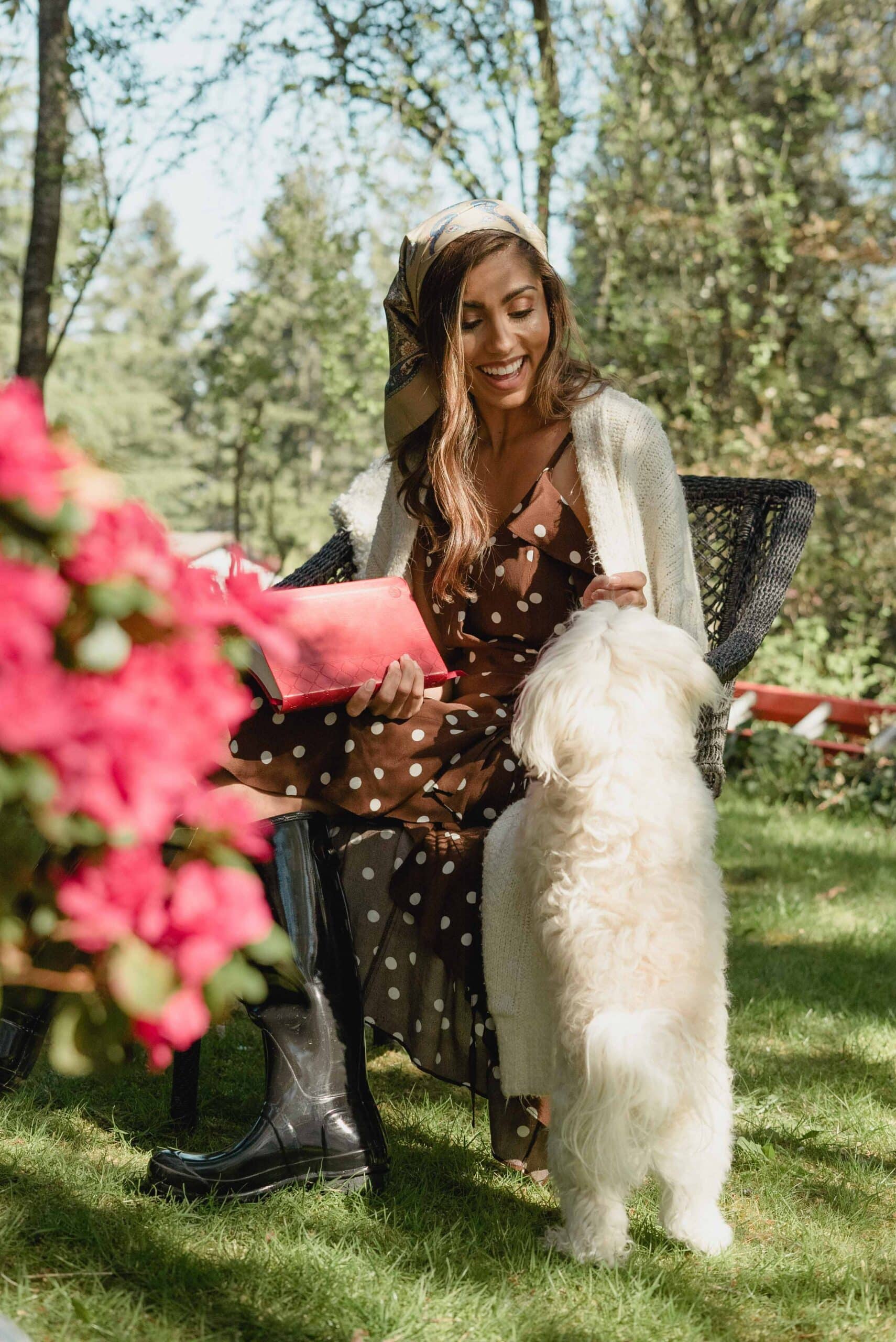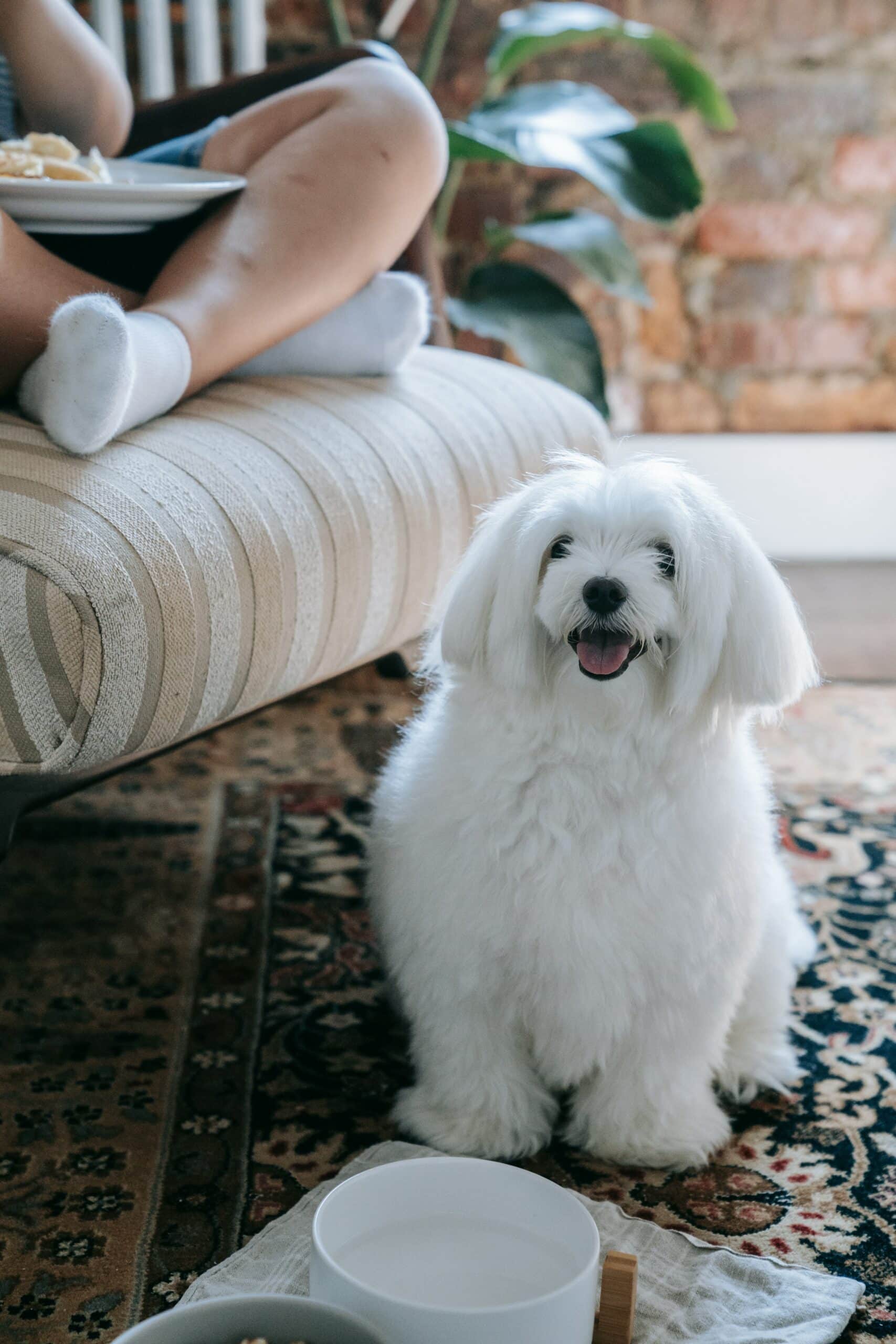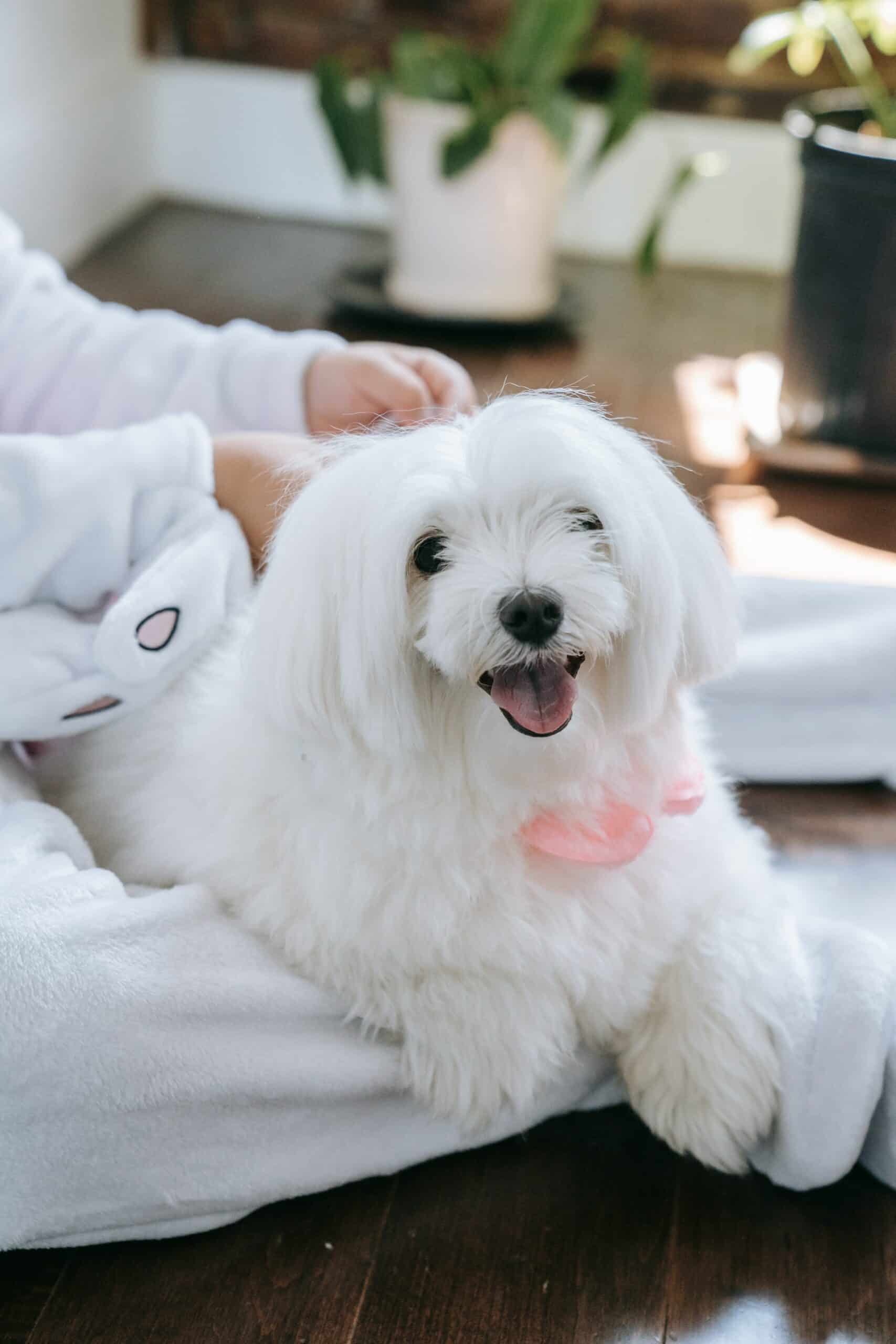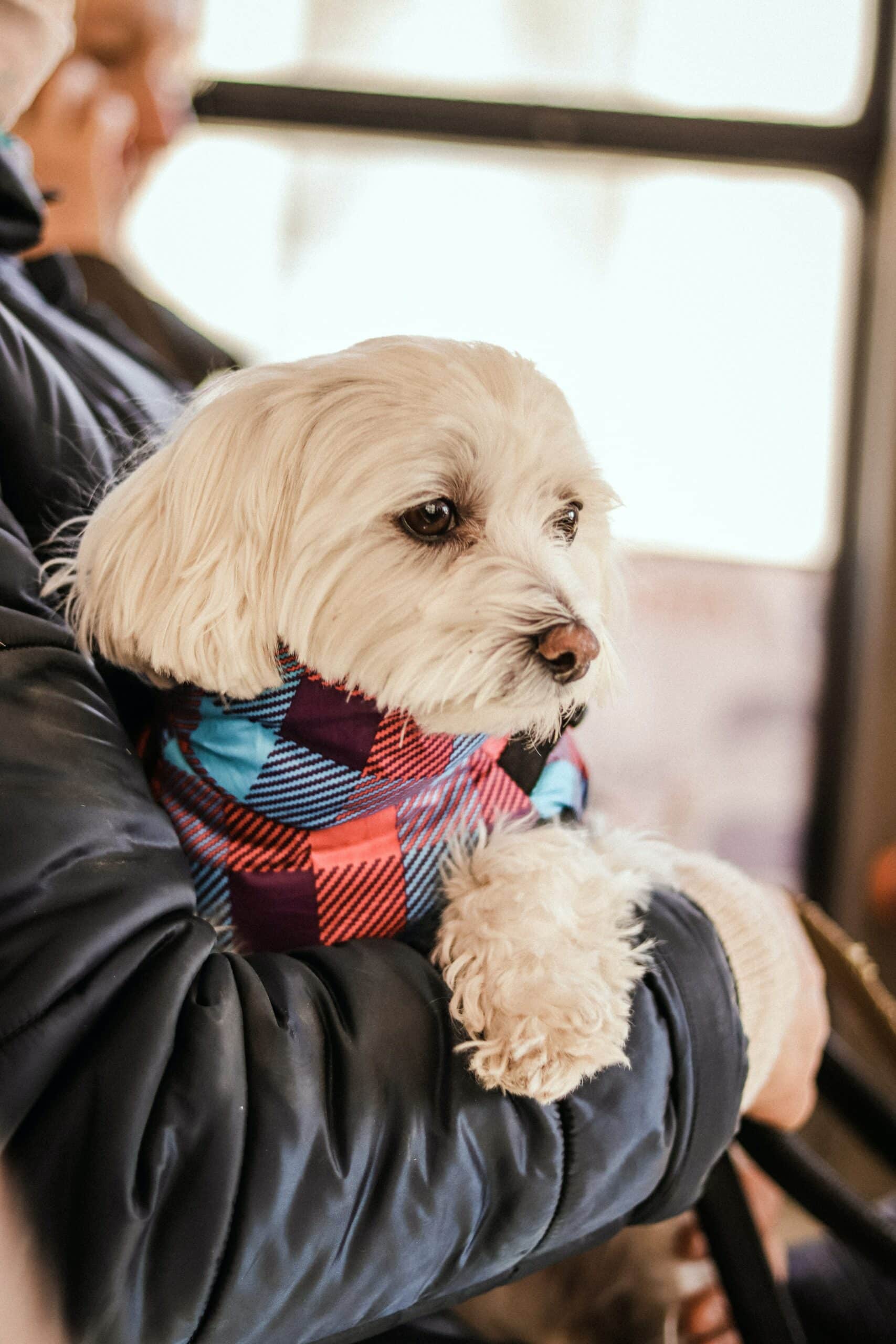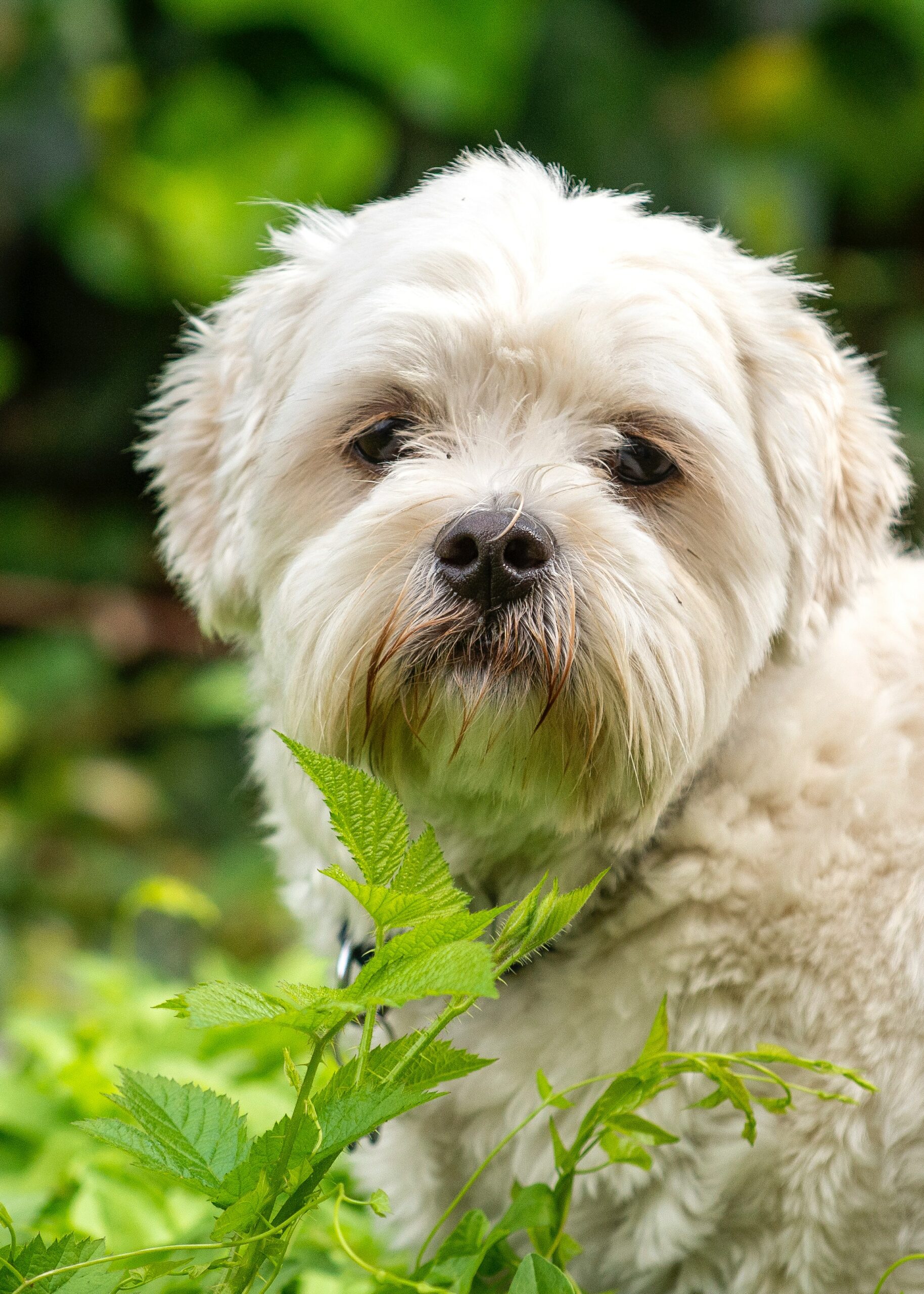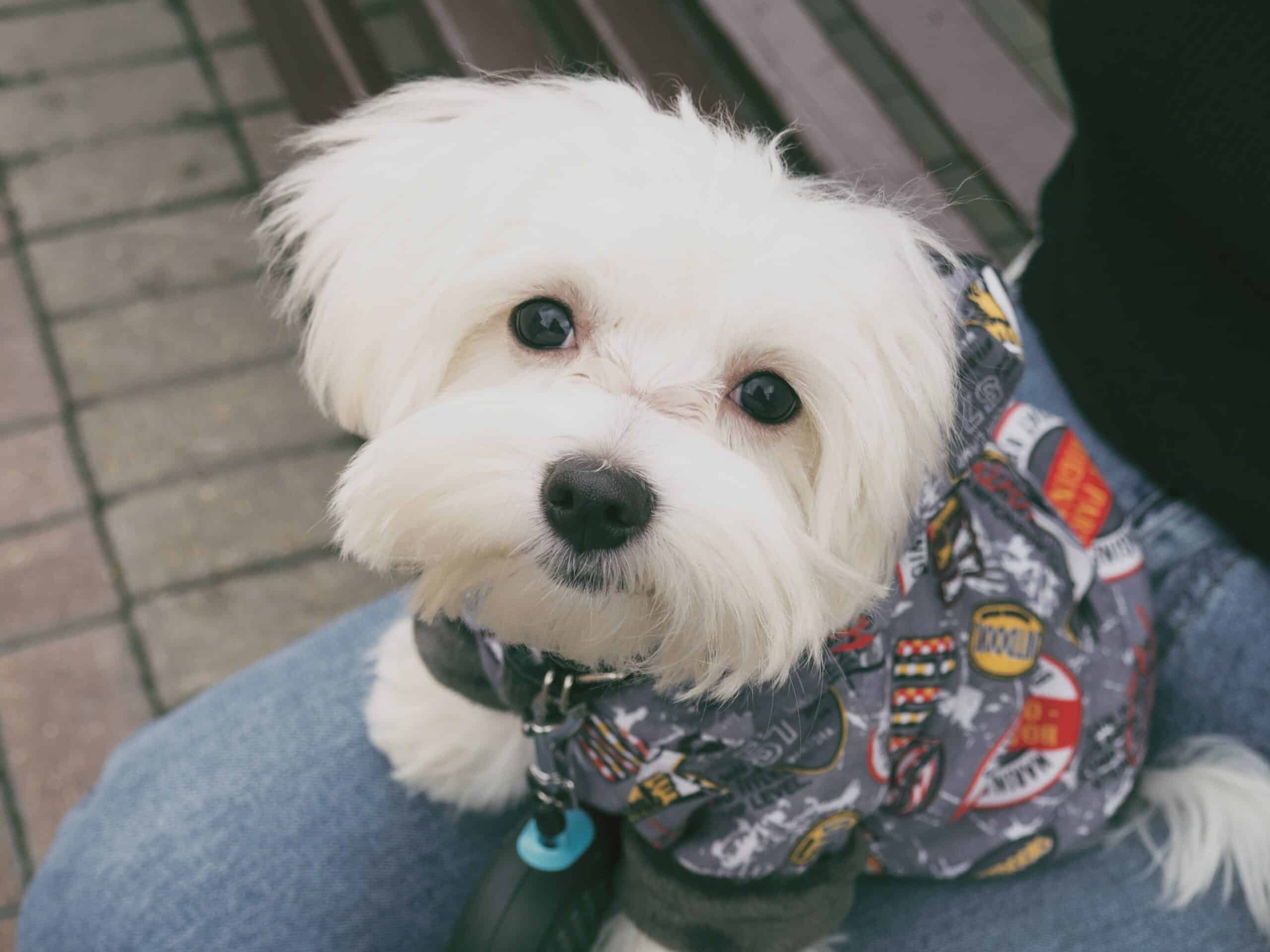
Maltese like going on walks or playing outside on a daily basis. They frequently continue to be playful far into the old life. It doesn't take much effort to keep them in shape because they are busy indoors and don't need much exercise.
Wait until your Maltese puppy is 8 months old to go on long walks with him since his bones are still forming. Allow your puppy to play at his own speed in your enclosed yard until he is grown, then take him to your veterinarian for a checkup before beginning a rigorous exercise routine.
Maltese are unquestionably house dogs who do not endure severe heat or cold well. Many people paper train their Maltese to avoid having to take them outside when the weather is too hot or cold.
Maltese fur mats and becomes grimy easily. Maltese are also susceptible to unpleasant tear marks on their cheeks.
Brush and comb your Maltese's coat on a regular basis, especially if he has a sporty short haircut. This helps to keep him clean and prevents matting.
Despite their beauty, Maltese become dirty rapidly and must be washed at least once a week.
If your Maltese has long hair and mats, try carefully working the mat out with your fingers with a detangler spray or coat conditioning oil. After you've separated the mat as much as you can with your fingers, use the comb's end tooth to release individual hairs.
Never try to take out the entire mat with the comb or brush at once, and make sure all mats are gone before washing your Maltese since mats tend to become tighter when wet.
At least once a week, examine your Maltese's ears. Take him to the vet for an examination if they appear sensitive or have a strong odor. In addition, Maltese have a lot of hair in their ears that must be removed.
Request that your groomer or veterinarian perform this for you, or instruct you on how to remove the hair at home.
If your dog's nails don't decrease naturally, trim them once or twice a month to avoid unpleasant breaks and other complications. They're too long if you can hear them tapping on the floor.
Dog toenails include blood veins, so cutting them too deeply might result in bleeding – and your dog may refuse to comply the next time he sees you.
It is recommended to opt for a veterinarian or a groomer to cut them properly, without pain for the dog.
To keep the hair on the top of their Maltese's head out of their eyes, many people tie it in a topknot. If you do this, make sure to use protected bands that will not damage the hair.
Some people cut their dog's hair short on top of its head, to make grooming easier.
Maltese need to have their teeth brushed two or three times a week (if not every day to avoid bad breath and gum disease) to remove bacteria and tartar.
If their nose suddenly becomes pink, it means they might not get enough sun, so letting them be out for a while or taking them for a car ride if it is colder is a good idea.
Also, the female's nose that is in heat may turn pink.
Checking your dog up while you groom them (also it is really good if you start to check their body when they are puppies to make them used to being handled ) is really important to notice anything out of common about their health status like inflammation, rashes, sores.
Luxating patellas (falling kneecaps) are another common hereditary abnormality in Maltese dogs, however, they can also be created by an unfortunate fall. Weak knee ligaments and tendons, as well as deformed (too thin) patellar grooves, causing the patella to fall sideways out of its channel.
As a result, the leg 'freezes,' with the foot elevated off the ground. A dog with such a condition may be plagued by discomfort and lameness on a regular basis or just on rare occasions. The patellar ridges can wear down over time, making the fissure thinner and leading the dog to grow increasingly lame.
Although surgery is the most frequent treatment option for luxating patellas, it is not always needed for every dog with the problem.
Maltese are also prone to portosystemic shunt, a congenital abnormality of the portal vein (which transports blood to the liver for purification). Some of the dog's blood skips the liver in this condition, and the unfiltered blood poisons the heart, brain, lungs, and other tissues with toxins.
Small size, low appetite, weak muscular development, limited learning process, weaker coordination, periodic vomiting and diarrhea, behavioral problems, seizures (particularly after a meal), and blindness can all occur in a Maltese with this syndrome, leading to a coma and death. Surgery is frequently used to handle this disease.
Tracheal collapse-this condition, caused by a gradual weakening of the tracheal walls, affects numerous toy breeds, particularly extremely little Maltese. The walls of the trachea can become floppy as a result of heredity, a disease that worsens with age. Cushing's syndrome, a condition in which the adrenal glands produce too much steroid hormone, can damage cartilage and induce tracheal collapse.
Physical tension on the neck has the potential to induce or contribute to trachea collapse. Many veterinarians advocate using a harness for leashed walks because this is frequently caused by an enthusiastic Yorkie pushing on his collar. The initial indication of this illness is frequently a "duck honking" cough, especially when stimulated or excited.
The persistent cough can lead over time, to chronic lung disease. Cough suppressants and bronchodilators can be used to treat coughing. If the collapse is advanced and resistant to medicine, the trachea can be repaired surgically.Fasting causes transitory juvenile hypoglycemia, or low blood sugar in pups (too much time between meals). Hypoglycemia may persist in adults, generally extremely tiny, Yorkies in rare situations.
Maltese puppies are especially vulnerable to hypoglycemia due to a lack of muscular mass, which makes it difficult to store glucose and control blood sugar. Stress, lethargy, a chilly environment, insufficient nutrition, and a change in food or feeding schedule can all cause hypoglycemia.
A bacterial infection, parasite, or portosystemic liver shunt can all cause low blood sugar.A Maltese showing hypoglycemia symptoms may also have a lower body temperature than usual and, in severe cases, may have a seizure or fall into a coma.
A dog presenting any of these symptoms should be administered sugar in the form of corn syrup as quickly as possible ( it is of course essential to go to a veterinary as soon as possible), since extended or recurrent episodes of hypoglycemia can permanently damage the dog's brain and, in extreme cases, be fatal.
Progressive Retinal Atrophy (PRA)- is a kind of degenerative eye disease. Blindness from PRA is a gradual process caused by the loss of photoreceptors in the rear of the eye. Years before the dog displays any indications of blindness, PRA can be detected. It is recommended to have an early ophthalmologic check for your dog.
White Dog Shaker Syndrome- is a condition that mostly impacts white dogs. Shaking throughout the body, incoordination, and fast eye movements are symptoms of the illness. Episodes generally begin whenever the dog is anxious or extremely stimulated, between the ages of six months and three years. This ailment is not painful and has no impact on the dog's attitude. Contact your veterinarian about possible treatments if you believe your dog has White Dog Shaker Syndrome.
Reverse sneezing- often mistaken for tracheal collapse, this is a significantly less dangerous condition that lasts just a few minutes. Reverse sneezing happens most often when your dog is enthusiastic or attempts to eat or drink too quickly. It can also happen if there are pollens or other allergens in the air. Secretions from the dog's nose fall over its soft palate, forcing it to seal automatically over the windpipe. This might be terrifying for your Maltese, but the reverse sneezing ceases as soon as he calms down. Stroke his throat gently to help him relax.
Tears and facial stains are major issues for most Maltese parents. Tear staining should start when your dog is four to five months old (this is when their adult teeth come in).
Consider these methods to avoid or reduce tear and facial stains in your adult Maltese:
To avoid tear stains, rinse your Maltese's eyes with warm water every day, and wash his beard after meals.
Teach your dog to drink from a bottle of water. Because water with a high mineral concentration might stain, consider getting filtered water for your Maltese.
Use a stainless steel, ceramic, or glass bowl to feed your Maltese, not a plastic one. Between feeding times, be sure to clean your dog's plate.
Consult your veterinarian if these procedures do not remove the tear stains.
Excessive tears might be caused by blocked tear ducts, allergies, or other health issues in your Maltese.
While there are several treatments on the market to whiten your dog's fur, you should take caution while using them or any home cures. Many of them can harm your dog's fur, and you should never, ever let any products or foreign chemicals go into your dog's eyes.
It is not recommended to get a Maltese if you have small children, because they can injure them really easily by stepping on them, holding them too tight, or even dropping them.
They are most suitable for families with old children or adults that would like to have this type of dog and provide good care and attention.
They can get along with other dogs and cats if they are socialized from an early age, at the same time, they are unaware of their size, so they can get into fights with bigger dogs and get severely injured or even die.
This is why basic training is important to make them keep a distance from the bigger dogs (the ones that tend to have aggressive behavior).
Reference
https://www.goodreads.com/book/show/3890405-the-complete-maltese
https://en.wikipedia.org/wiki/Stanley_Coren
https://en.wikipedia.org/wiki/Maltese_dog
https://www.akc.org/dog-breeds/maltese/
https://images.akc.org/pdf/breeds/standards/Maltese.pdf
https://dogtime.com/dog-breeds/maltese
https://pubmed.ncbi.nlm.nih.gov/23021142/
https://www.akc.org/expert-advice/dog-breeds/do-hypoallergenic-dog-exist/


